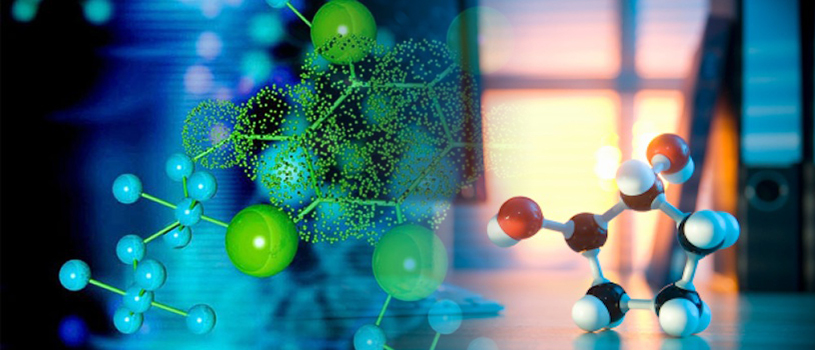MIT'S new mini cheetah robot is the first four-legged robot to do a backflip. At only 20 pounds the limber quadruped can bend and swing its legs wide, enabling it to walk either right side up or upside down.

Swarms of microrobots will scuttle along beneath our roads and pavements, finding and fixing leaky pipes and faulty cables. That is, if a new project sponsored by the U.K. government is a success.

Researchers have developed a humanoid robot prototype, HRP-5P, intended to autonomously perform heavy labor or work in hazardous environments.

The Dark Energy Spectroscopic Instrument, or DESI, is being assembled for a five-year mission at the prime focus of the Mayall Telescope, to measure the spectra of more than 30 million galaxies and quasars.

The Massachusetts Institute of Technology in US announced that it's launching a college which is specifically focused on the "ethical evolution" of AI that is already affecting and shaping our society.
Robot Atlas does parkour. The control software uses the whole body including legs, arms and torso, to marshal the energy and strength for jumping over the log and leaping up the steps without breaking its pace.

Typically, robots are built to perform a single task. To make them more adaptable, US researchers have developed a kind of “robotic skin” that transforms ordinary objects into multifunctional robots.

The study compared how adults and children respond to an identical task when in the presence of both their peers and humanoid robots. Children were more likely to give the same responses as the robots.

For some children with autism, interacting with others can be an uncomfortable experience. QTrobot can increase these children’s willingness to interact with humans, and decrease discomfort during therapy sessions.

Weighing 30 kg and with a top speed of 12 km per hour on their six wheels, the robots have four cameras constantly scanning the world around them and a laser tele-detection system allowing them to avoid obstacles.

Researchers have developed a prototype of a robot that can express 'emotions' through changes in its outer surface. The robot's skin covers a grid of texture units whose shapes change based on the robot's feelings.

US Scientists have developed a device for automated blood drawing and testing that could provide rapid test results at bedsides or in ambulances, emergency rooms, clinics or doctors’ offices.
By simplifying the design, using a pair of one-piece silicon fins powered by just two servo motors, the robot can move about underwater without any cords or tethers.

Stanford and Seoul National University researchers have developed an artificial nervous system that could give prosthetic limbs or robots reflexes and the ability to sense touch.

A robotic system has been developed to automate the production of human mini-organs derived from stem cells. This will expand the use of mini-organs in basic research and drug discovery.